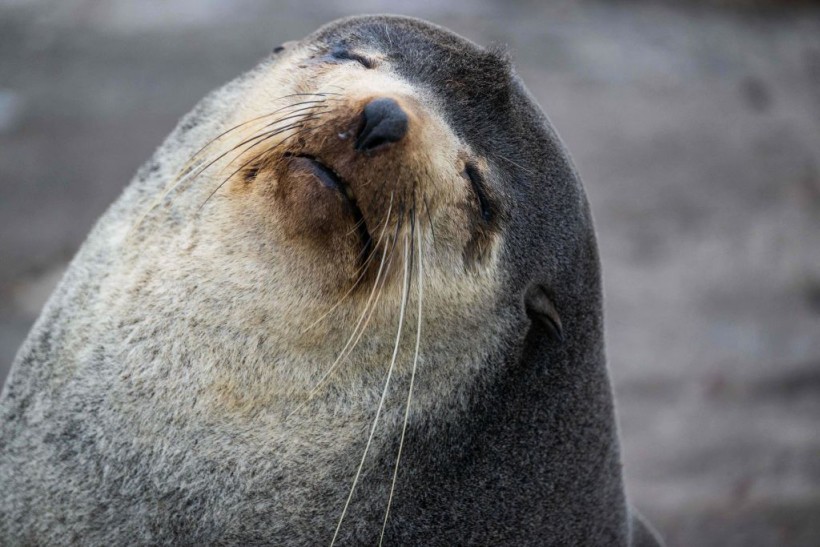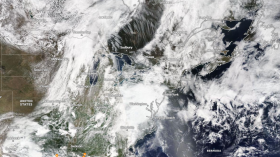Antarctic fur seals, once hunted to extinction, have achieved a remarkable recovery in their population.
However, new research conducted by the British Antarctic Survey (BAS) has revealed an impending threat due to a drop in their principal food source.
Threatened Population of Antarctic Seals
According to new research published in the peer-reviewed climate science journal Global Change Biology, the modern-day fur seal population peaked at around 3.5 million in 2009.
Fur seals were historically hunted for their pelts in the 1700s and 1800s. By the early twentieth century, their numbers had plummeted to the point where commercial hunting was no longer profitable.
The fur seal population grew faster than other hunted species in the region, thanks to tight conservation efforts, abundant food, and quick reproduction rates.
South Georgia was projected to have 4.5 to 6.2 million fur seals by 2000. Nonetheless, a closer examination of the data reveals that these statistics were most likely overstated.
However, a more precise survey of animals on Bird Island indicated that the seals were now having difficulty catching enough krill to eat.
Numbers peaked in 2009 and have fallen by 7% each year thereafter. This reduces the island's present population to levels not seen since the 1970s, when it was still recovering.
Dr. Jaume Forcada, the study's lead author, when the seal hunting in the twentieth century was banned, the population of the fur seal recovered impressively however, the decline of krill population is now threating the species.
"That matters because the fur seal population size is used to judge the overall health of the species and the wider Antarctic ecosystems. And it turns out that neither were as robust as people thought," he added.
Antarctica's whale and penguin populations rely heavily on krill for food. The tiny shrimplike crustaceans represent the backbone of the region's food chain, but earlier studies have found that numbers have fallen by as much as 70 or 80% in some locations, with climate change thought to be a major factor.
Scientist discovered that krill require sea ice to form at a specific period in order to survive their first winter - something the BAS has already observed changing, with disastrous consequences for Antarctica's wildlife.
Read Also: Reduced Krill Supplies Cause Fewer Humpback Whale Pregnancies
Krill Availability
Scientists sought for evidence of krill fishing pressure on fur seal population dynamics, but none were discovered.
However, preliminary climate data analysis suggests that fast rising water temperatures in the region correspond with seal population decline, pointing to krill loss as the most likely culprit.
Fur seals' sensitivity to krill availability, along with the availability of longer-term population data, makes them a significant known indicator for the ecosystems surrounding Bird Island.
More research is needed to determine why krill around Bird Island is becoming scarce and how widespread the impact may be across the remainder of the Southern Ocean.
"If the pressure on the fur seals at Bird Island also applies to the greater South Georgia population there could be an ongoing decline there as well. So even though there were three and a half million of them there, the fast decline at Bird Island tells us they could be in trouble," Forcada said.
Related Article: Scientists Observe Solitary Habits of Leopard Seals Amid Climate Change
Related Video:
© 2024 NatureWorldNews.com All rights reserved. Do not reproduce without permission.




![Venomous Centipede Could be Game-Changer and Save Lives of People with Kidney Disease [Study]](https://1471793142.rsc.cdn77.org/data/thumbs/full/70407/280/157/50/40/venomous-centipede-could-be-game-changer-and-save-lives-of-people-with-kidney-disease-study.jpg)

